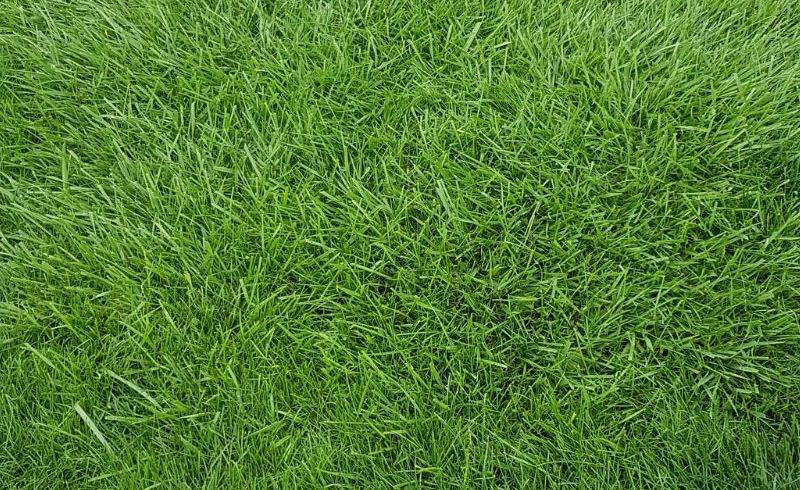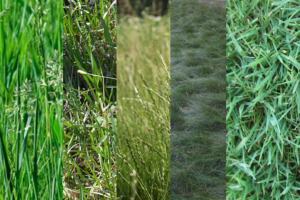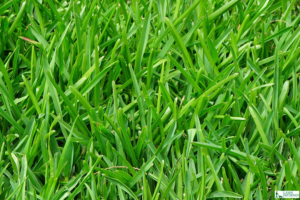
Lawns are integral to any landscape, providing a lush and vibrant backdrop for outdoor activities. However, maintaining a healthy lawn can become a challenge during the scorching heat of summer. As temperatures rise, many grass varieties can struggle to survive, leading to brown patches and a general decline in overall appearance. That is why it is crucial to choose grass types that are resilient enough to withstand the summer heat and practice proper lawn care techniques. In this article, we will explore a range of lawn grasses that thrive in hot conditions and discuss essential lawn care tips to keep your lawn looking its best all summer.
I. Types of Grass that Can Withstand Summer Heat
- Bermuda Grass: Bermuda grass is popular for lawns in warm-season regions due to its exceptional heat tolerance. It can withstand high temperatures and still maintain its vibrant green color. This grass type requires total sun exposure to thrive and needs consistent watering to survive prolonged periods of dry heat.
- Zoysia Grass: Zoysia grass is another excellent option for a summer-proof lawn. It is known for its resilience and ability to thrive in full sun and moderate shade. Zoysia grass has a dense growth pattern, making it more resistant to heat and drought conditions. However, it requires proper irrigation and regular maintenance to prevent thatch buildup.
- Tall Fescue: Tall fescue is a cool-season grass that can remarkably tolerate higher temperatures. It is often used in transitional climates where summers are hot. Tall fescue has deep roots that enable it to access water and nutrients even during drought. However, adequate shade and water are essential to keep tall fescue lawns healthy during summer heatwaves.
II. Proper Lawn Care Techniques for Summer Heat
- Watering Practices: Watering your lawn correctly is vital to its survival during the summer. Water deeply and infrequently is recommended to ensure the water reaches the grass’s root zone. This encourages the development of deep roots, making the lawn more resistant to drought and heat stress. However, avoid overwatering, leading to shallow root growth and promoting fungal diseases.
- Mowing Tips: Proper mowing practices play a significant role in the health and resilience of your lawn. During summer, raise the cutting height of your mower to leave the grass blades slightly longer. Taller grass provides shade to the soil, reducing evaporation and keeping the roots more relaxed. Additionally, refrain from scalping the lawn, as it weakens the grass and makes it more susceptible to heat damage.
- Fertilization: A well-fertilized lawn is better equipped to handle the summer heat. Apply a slow-release, balanced fertilizer in early summer to ensure a steady supply of nutrients. However, be cautious not to over-fertilize, as excessive nitrogen can burn the grass and increase disease susceptibility.
- Weed Control: Weeds compete with the grass for essential resources such as water and nutrients. During summer, it is crucial to keep weeds at bay to prevent them from robbing your lawn of its vitality. Consider applying a pre-emergent herbicide in early spring to prevent weed seeds from germinating. Post-emergent herbicides can also be used selectively to eliminate existing weeds.
III. Additional Tips for Maintaining a Resilient Summer Lawn
- Aeration: Regular aeration helps improve air circulation and water penetration in the soil, promoting more vigorous root growth. This practice is essential for lawns subjected to heavy foot traffic. Core aeration should be done in early summer to allow for adequate recovery before the height of heat.
- Soil Testing: A soil test is essential to determine the nutrient content and pH levels. Understanding your soil’s composition allows you to create a tailored fertilization and maintenance plan for a healthier lawn. Proper soil pH is particularly crucial for nutrient absorption and overall grass health.
Maintaining a Lush, Summer-Ready Lawn
Maintaining a beautiful lawn throughout the scorching summer heat requires careful consideration of grass types and proper lawn care techniques. By selecting resilient grass varieties such as Bermuda grass, Zoysia grass, or tall fescue and implementing appropriate watering, mowing, fertilization, and weed control practices, your lawn can thrive even in the hottest conditions. Remember to aerate regularly and conduct soil testing to ensure your lawn receives nutrients and optimal growing conditions. With these tips in mind, you can enjoy a vibrant and resilient summer lawn that remains the envy of your neighborhood.

Bob Green, a passionate lawn care enthusiast with over two decades of landscaping experience, is this website’s proud owner. His vast knowledge of horticulture and dedication to helping homeowners maintain beautiful lawns are reflected in the valuable content he shares on his platform. John has always been interested in Agrostology.














